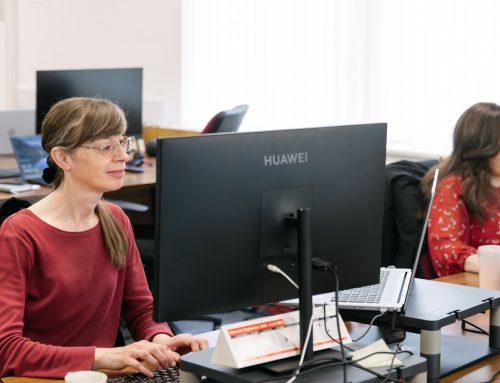Capital allowances are one form of tax relief for limited companies and for any sole trader or partnership with an income of £150,001 or more annually. Capital allowances can be claimed when investing in capital assets.
It’s rare that a business never needs to invest in capital assets. We might be talking about expensive machinery, fleets of business vehicles, or simply a laptop or two – these are all items that will be used in your business for some time, and are sometimes known instead as ‘plant and machinery’.
If your business is a sole trader or partnership earning £150,000 or less annually, there is an alternative system known as cash basis.
Capital Purchases and Tax Relief
There are multiple types of capital allowance, but when an item would qualify for more than one allowance you must choose which one to use.
These include:
- Annual Investment Allowance (AIA)
- 100% First-Year Allowances
- Full Expensing and 50% First-Year Allowances
- Writing Down Allowances
Annual Investment Allowance
This allowance resets with each accounting period. The amount allowed has changed from time to time, but has been stable at £1 million since 2019. That is, you can deduct the full value of a qualifying asset from your profits before your tax is calculated, up to a total of £1 million expenditure.
100% First-Year Allowances
Also known as enhanced capital allowances, these can be claimed against purchases supporting electric vehicles, zero-emission good vehicles, and plant and machinery designed for supporting those vehicles (EV charge points, biogas pumps, etc.) if the item bought is new and unused.
It can also be used on plant and machinery for use in some special tax sites.
Full Expensing and 50% First-Year Allowances
You must be a limited company to claim full expensing and the 50% first-year allowance. Again, this allowance is for new and unused items purchased by the business and not everything qualifies. HMRC guidelines can be found here, or (of course) you can consult your accountant.
Writing Down Allowances
Finally, writing down allowances allow you to deduct a percentage of the value of some capital assets each year.
We won’t attempt to summarise this here as the percentage you can deduct depends on the item, but as an example, the rate for business cars depends on their CO2 emissions.
Other Capital Allowances
There are other capital allowances available in certain categories. These are often more complex, and certainly beyond the scope of this blog post.
We would recommend discussing potential tax efficiencies with your accountant regularly, and especially whenever you are looking to make a significant investment. Understanding the full financial picture is essential for wise business investing.
If you’d like clear advice directly drawn from your own situation, we encourage you to reach out and contact us.



















